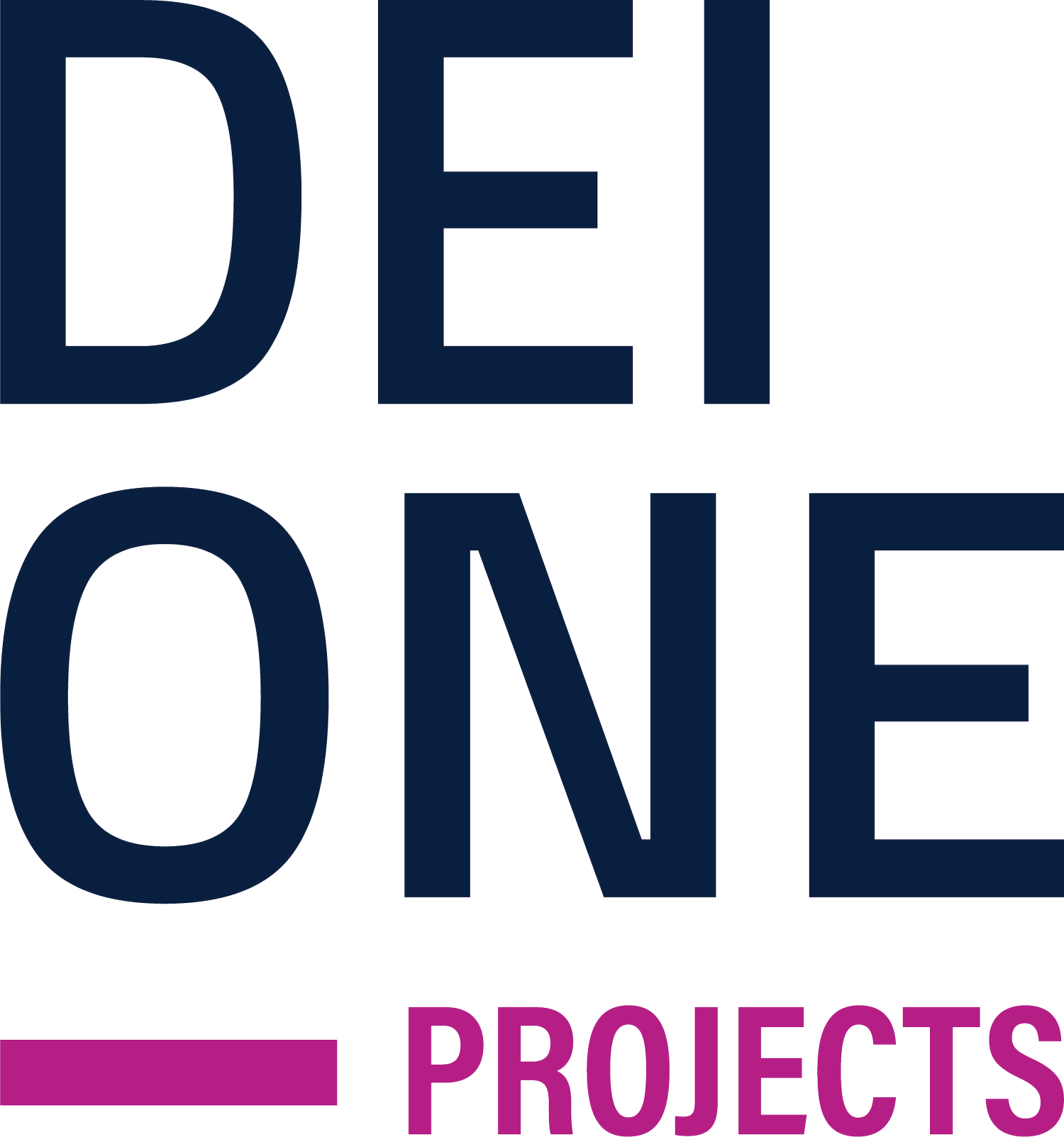Eco-Conscious Evolution: 5 Sustainable Design Trends in Fit-Out Construction
In the ever-evolving landscape of fit-out construction, sustainability has emerged as a central focus. As businesses strive to minimize their environmental footprint and create healthier, more efficient spaces, sustainable design trends are shaping the future of fit-out construction. Let's explore five key trends that are driving eco-conscious evolution in fit-out construction:
Biophilic Design: Biophilic design seeks to reconnect people with nature by incorporating natural elements and patterns into the built environment. From living green walls to daylighting strategies and natural materials, biophilic design enhances occupant well-being, productivity, and satisfaction while reducing energy consumption and carbon emissions.
Energy Efficiency: Energy-efficient design principles are essential for reducing the environmental impact of fit-out construction projects. From high-performance building envelopes to energy-efficient lighting, HVAC systems, and appliances, incorporating energy-saving technologies and strategies helps minimize energy consumption and operating costs while improving indoor comfort and air quality.
Waste Reduction: Minimizing construction waste is a key focus area for sustainable fit-out construction. Adopting practices such as material recycling, waste diversion, and prefabrication reduces the amount of waste sent to landfills, conserves natural resources, and lowers carbon emissions associated with manufacturing and transportation.
Circular Economy: Embracing a circular economy approach involves designing out waste and pollution, keeping products and materials in use, and regenerating natural systems. In fit-out construction, this means prioritizing materials with a low environmental impact, designing for disassembly and reuse, and implementing closed-loop systems for material recovery and recycling.
Healthy Materials: Selecting healthy, non-toxic materials is essential for creating indoor environments that promote occupant health and well-being. From low-VOC paints and finishes to sustainably sourced wood and recycled content materials, choosing healthier alternatives reduces exposure to harmful chemicals and improves indoor air quality.
By embracing these sustainable design trends, fit-out construction projects can minimize their environmental impact, enhance occupant well-being, and contribute to a more sustainable future. From biophilic design and energy efficiency to waste reduction, circular economy principles, and healthy materials, eco-conscious evolution is shaping the future of fit-out construction, one sustainable trend at a time.

